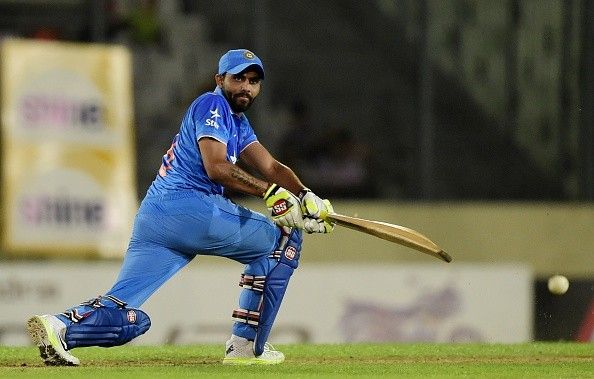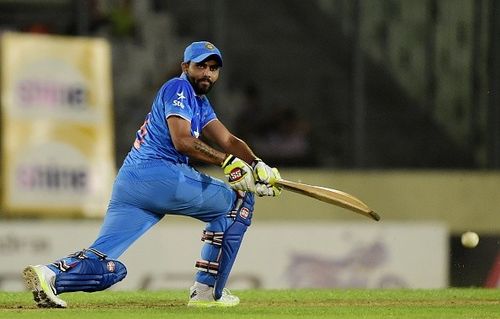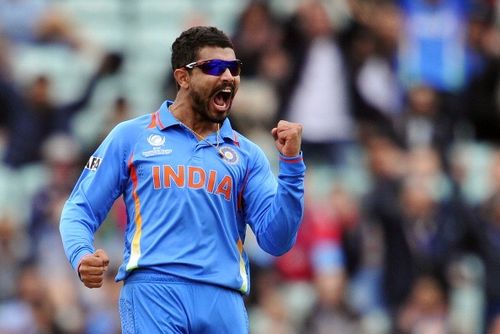
What could have caused Ravindra Jadeja's omission?

The All-India Senior Selection Committee met in Bengaluru on Sunday to select the squad for the limited-overs leg of India’s long series against South Africa, which begins with a 3-match T20 series in Dharamshala from October 2nd.
Thanks to some fine performances for India ‘A’, Gurkeerat Singh Mann earned a maiden call-up to the ODI squad for the first three ODIs while Sreenath Aravind, who had a good season with the ball for the Royal Challengers Bangalore, has found a spot in the T20 team.
But the exclusion of one man from the both the teams did raise an eyebrow or two- Ravindra Jadeja. The Saurashtra based-cricketer, who didn't feature in the scheme of things in the longest format of the game in Bangladesh or Sri Lanka, wasn’t named in either team, thereby raising questions over the road ahead for him.
While it was apparent for a while that Jadeja needed to work on his game to become a more productive member in the Test team, many believed that his place in the 50-over and T20 teams were quite secured.
So what could have caused his omission from both these teams?
Batting: Inability to lend support
Coming in to bat at number 7, one of the responsibilities include providing the much-needed support to the more established batsman at the other end, and thereby help bolster the score further.
Jadeja, though, hasn’t quite been able to show the same kind of batting mettle on the international circuit, which he has on the domestic circuit – scoring a mere 1804 runs in 121 ODIs at an average of 32. While the average isn’t bad, the fact that he hasn’t consistently delivered when the team has needed him to do so hasn’t helped the team a great deal.
Bowling: Unable to pick wickets
For a long time, Jadeja has relied on spearing the ball in, rather than aiming to give it air and allowing it to spin. While this method can be used as a surprise weapon, the overuse of the tactic by him has made it predictable for the batsman, to play him off either foot over a period of time.
The year 2013 was by far his best 12 months where he played a crucial role in India’s Champions Trophy win. During that year, he picked up 52 wickets in 34 matches at an average of 25.40.
The following year, in 17 matches, he took 25 scalps at an average of 32.68. In 2015, he has taken 10 wickets in 12 matches at an average of 49.50.
In regard to the third facet of the game –fielding, there have been no issues with him. Patrolling the point region, he has done a commendable job. But the demands of modern-day cricket require a player to be able to be effective in not one but two facets of the game.

What can he do to get back?
As far as his bowling his concerned, there is no doubt that Jadeja has to go back to the basics and aim to pick wickets rather than contain runs. With the rules heavily favouring the batsman, every bowler is going to get hit at some point, so there is absolutely no point in trying to keep the runs down at the expense of taking wickets and putting pressure on the opposition.
He can perhaps take a leaf out of the book of his teammate Ravichandran Ashwin, who has transformed himself into a world-class spinner by putting the emphasis back on his conventional delivery- the off-break and giving the ball some flight to obtain purchase off the surface.
As far as his batting is concerned, there is one thing that Jadeja possesses, that most modern-day batsmen do- good ball-striking ability. Apart from that, he will need to develop the art of taking the singles and twos, that would further help in his development as a batsman.
India have a long road ahead which comes to a close at the World T20 at home next year. Jadeja too has a great opportunity to convert this reverse and get back to the team as a much-improved cricketer and become a sensation on not just the social media, but also on the cricket field.